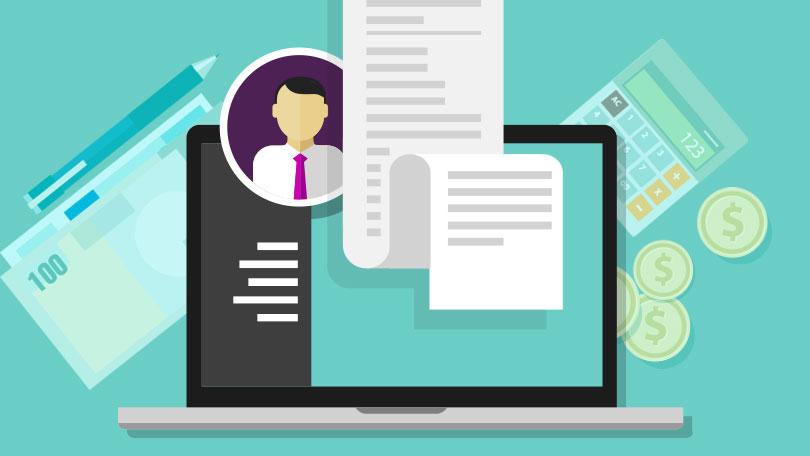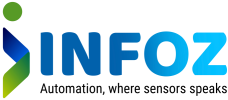
Payroll Management
Payroll software is a type of software that allows you to check-in the employee’s attendance or it can be said that it helps to prepare a list of employee’s working hours.
Payroll usually refers to:
- The company’s money that is paid to each employee
- A department that calculates or keeps a record of funds and payments
Taxes and dues are also calculated by payroll programs.
Why we need Payroll?
No company with a large number of employees can avoid mistakes in calculating the compensating process. Payroll helps to keep a record of data (attendance, time) of every single employee. It improves and automates the process by making it quick and error-free. It keeps the data accurate and updated.
Features of Payroll:
- Payroll Management:
Employee’s salaries are automatically calculated according to our format: day, week, month, and year. This is one of the main features of payroll software. The data consist of salary-related details like- pending amount (due money), promotion, grade, leave, attendance, advances, taxes, policies, etc that are kept in mind while computing salary. The rules and guidelines are set up then the process is followed by the software to compute. It can also be specified for special employees.
- Leave record:
The employers can apply for leaves and access their balance leave days. The Head officials can view the employee’s request and approve or decline the request considering the leave data presented. This also calculates the reduction in salary and the total sum.
- Records time and attendance:
It records the period of the employee that manages attendance. This keeps a record of the leaves and the over-time details, also the increment and then combine everything to calculate the final salary. Some advanced and integrated software allows you to know the exact check-in and check-out times.
- Taxes forms:
Payroll relieves stress at the time of tax payments. It generates all the necessary tax forms required by the employees and managers. It processes the tax’s history also. The calculations are done according to the updated version. The more advanced software may provide tools for income tax, annual tax investment, etc. Common tax forms are W2s, W3s, 941, etc.
- Expenses:
Expenses such as travel, medical can be compensated, calculated and deducted accordingly. The loan process for employees is also facilitated and can access the approved loans. It makes the insurance and retirement savings process easy and fast by making a direct check of the employee’s holdings.
- Cloud-Based Software:
Every software is now cloud-based software and hence payroll is also moving forward. Data is becoming accessible by employees even in remote areas and can be paid every month according to the needs and some of the employees. It also provides an updated version whenever there is a change in tax laws whereas in case of old software the up-gradation has to be done manually. This saves a lot of time by researching and updating and provides information to the employee and manager for access.
- Determine the Company’s Status:
The company with low investments will generally take up the payroll software which only calculates payroll (cheap). Companies that are growing day-by-day will invest in integrated payroll soft wares. The company invests according to their needs. The company can calculate the expenses and hence the current position.
How does it work?
Payroll Management Software is a three-way process: it includes recording of employee’s time, attendance, leaves and then in calculating earnings.
- Step 1: Record the period of the employee
- Step 2: Calculate leaves, bonus, and deductions
- Step 3: Make payment through a suitable mode
It calculates the hour log and tracks attendance. The software then draws checks and deposits into the worker’s account. Taxes, loans, investments, insurances are also kept in mind before calculating the final sum. This helps in measuring the deduction and increment of the employee. It is an efficient and faster way of maintaining the record and avoiding errors.
Who can use it?
Payroll software is generally a method of maintaining data of employee’s wages by keeping in mind the attendance, leaves, bonus, etc, so it is used by a company to keep such data avoiding errors. The company uses this data for a systematic process. The integrated version can also be used by the employee to keep check of his leave and salary status. The employee can even use the cloud feature. Also, the company need not update the software after every change in tax forms by using the cloud.
FAQs:
1. What is Payroll?
Ans. Payroll usually refers to:
- The company’s money that is paid to each employee
- A department that calculates or keeps a record of funds and payments
2. How does it work?
Ans. Payroll Management Software is a three-way process: it includes recording of employee’s time, attendance, leaves and then in calculating earnings.
3. What are the features of Payroll Software?
Ans. The various features are:
- Leave management
- Expense record
- Cloud service
- Calculates tax
- Payroll Management
4. Why we need Payroll software?
Ans. No company with a large number of employees can avoid mistakes in calculating the compensating process. Payroll helps to keep a record of data (attendance, time) of every single employee. It improves and automates the process by making it quick and error-free. It keeps the data accurate and updated.
5. What is the bonus tax method?
Ans. The bonus tax method is a process of reducing deduction such as CPP and EI on bonuses and payments.
6. Why should I outsource my payroll?
Ans. The majority of companies can save a good amount of money whether it be a small company or a large company by outsourcing payroll management. Experts say to add the amount of payroll according to the time load of each employee. Keep check of leaves and attendance, loans and investments. This will help the company grow.
7. What are the basics of payroll?
Ans. Basics are:
- To make payroll tax efficient
- To make benefit plans
- Handle regular payslips
- Handle expenses
